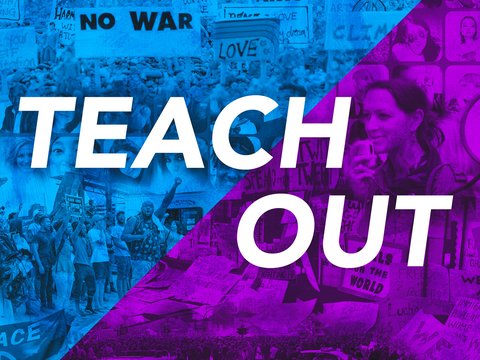The LARA Method
Professor Barry Checkoway discusses the LARA method (Listen, Affirm, Respond, and Add) that helps with intergroup communication. Learn more at the Community Organizing for Social Justice Teach Out.
Excerpt From

Transcript
Intergroup dialogue is when people communicate with others who are different from themselves for mutual understanding. The process enables them to learn about their social identities, to practice dialogue, and to build relationships that provide a foundation for their common cause. In a society which has segregation, in which people differ in their patterns of communication and conflict, it also is no surprise that they do not have meaningful or sustained dialogue with others. And the differences between them can lead to misunderstandings. And in this situation, dialogue increases in importance. But dialogue across differences are not normal in segregated societies. And dialogue requires facilitation by someone who can move the process along. There is no reason to expect you to be able to have a sustained dialogue with people who are different from yourselves. If you have grown up in a segregated community and attended a segregated school which in the United States is most of us. We work with skilled facilitators who asked young people to practice their communications. There are many ways of communicating that can be useful in a situation like this, one is called LARA, which is about Listening, Affirming, Responding, and Adding information. Someone says something that triggers a feeling within you, and what you do is you listen, you want to understand what the person is saying, and find something that will enable you to open a conversation with them, then you affirm what they say. This will be hard, but you make a connection with the other person, and thus you convey that you really have heard them and that you understand them. Then you respond in a way that is respectful, even if you disagree. Many of us want to start by responding, but by responding, it limits what you learn and the relationship you can build up with the person. The final one is you, add your information, most people respond and then they add information, but we are suggesting listening and learning can come first in situations which allow this to happen.